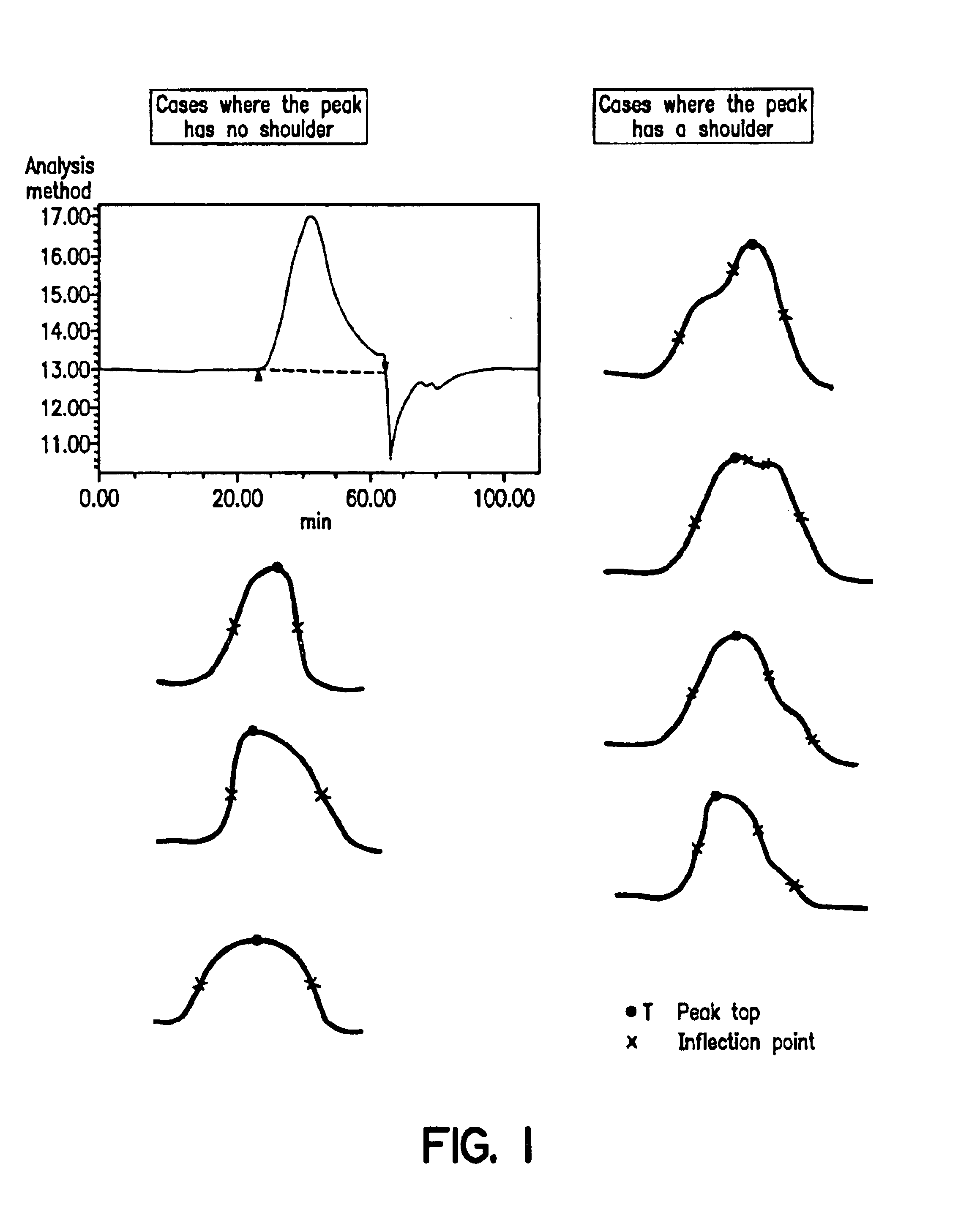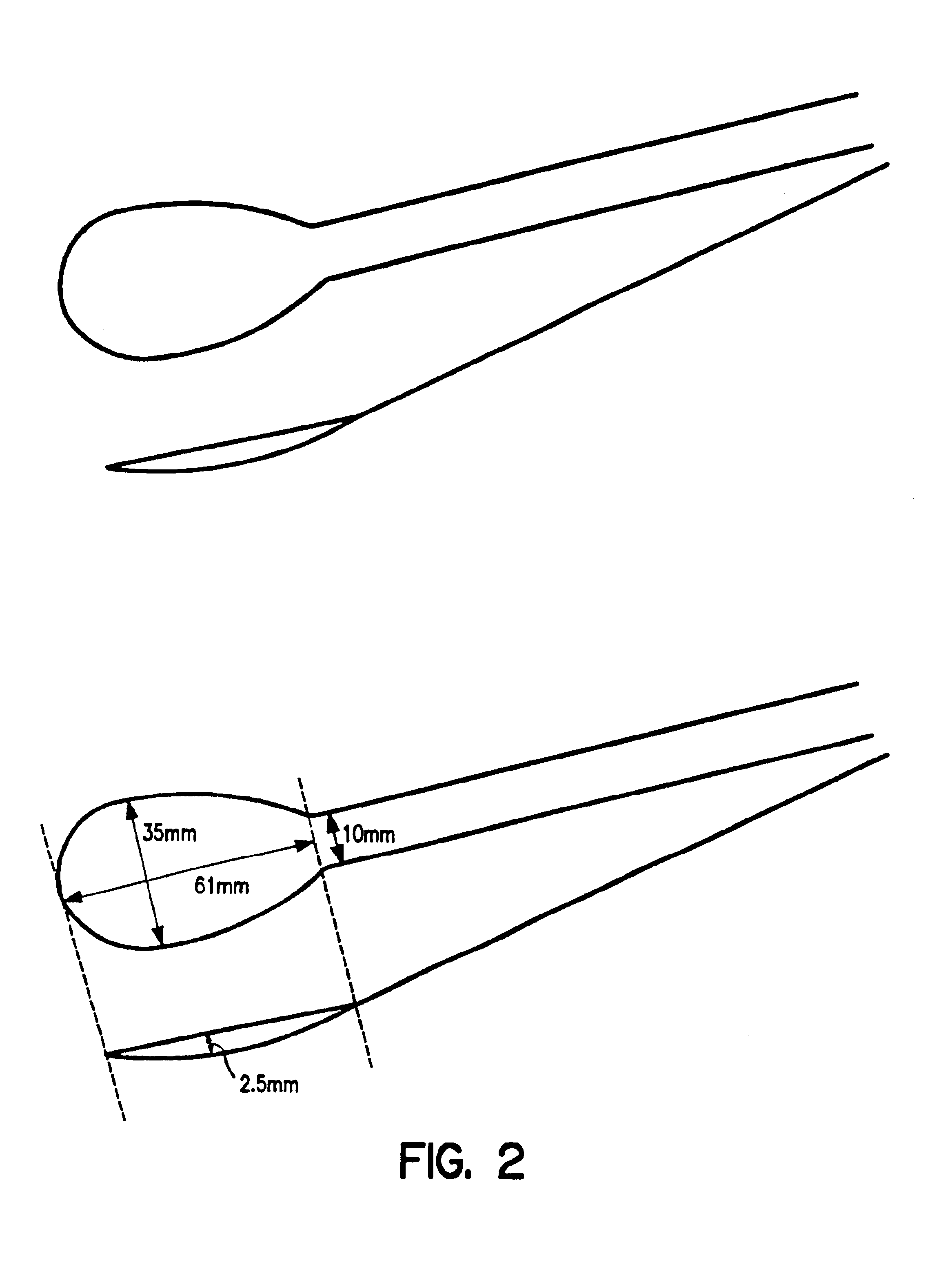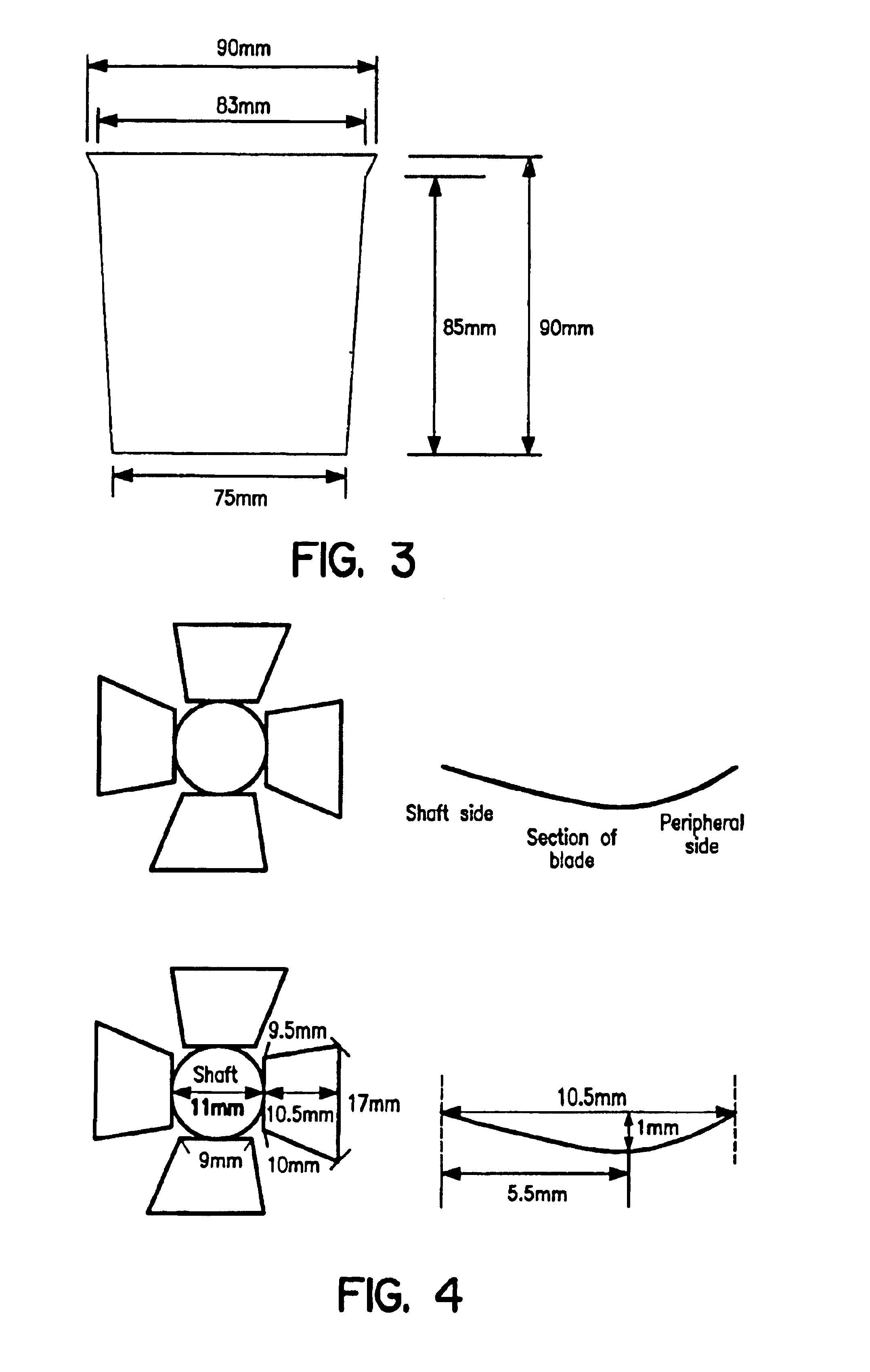Polycarboxylic acid copolymer, production method and use thereof
a polycarboxylic acid and copolymer technology, applied in the field of polycarboxylic acid copolymer, can solve the problems of high viscosity of concrete, workability problems, and difficulty in shovel work, and achieve the effects of improving the water reducing capacity and workability of cement compositions, improving the strength and durability of hardening products, and being easy to handl
- Summary
- Abstract
- Description
- Claims
- Application Information
AI Technical Summary
Benefits of technology
Problems solved by technology
Method used
Image
Examples
example 1
A glass-made reaction apparatus equipped with a thermometer, stirrer, dropping device, nitrogen inlet tube and reflux condenser was charged with 500 parts of a polyethyleneimine-ethylene oxide adduct (compound obtained by addition of 3 moles, on average, of ethylene oxide to active hydrogen atoms of polyethyleneimine with Mw 600), the reaction apparatus inside was purged with nitrogen with stirring, and the contents were cooled to 20° C. or below in a nitrogen atmosphere. While the reaction system was maintained at 20° C. or below, 44.3 parts of glycidyl methacrylate was added over 1 hour. After completion of the addition, stirring was continued at 20° C. or below for 1 hour to give a polyethyleneimine-ethylene oxide adduct monomer (polyethyleneimine-EO adduct macromer).
example 2
A glass-made reaction apparatus equipped with a thermometer, stirrer, dropping device, nitrogen inlet tube and reflux condenser was charged with 500 parts of a polyethyleneimine-ethylene oxide adduct (compound obtained by addition of 3 moles, on average, of ethylene oxide to active hydrogen atoms of polyethyleneimine with Mw 600), the reaction apparatus inside was purged with nitrogen with stirring, and the contents were cooled to 20° C. or below in a nitrogen atmosphere. While the reaction system was maintained at 20° C. or below, 51.2 parts of methacrylic acid anhydride was added over 1 hour. After completion of the addition, stirring was continued at 20° C. or below for 1 hour to give a polyethyleneimine-ethylene oxide adduct monomer (polyethyleneimine-EO adduct macromer).
example 3
A glass-made reaction apparatus equipped with a thermometer, stirrer, dropping device, nitrogen inlet tube and reflux condenser was charged with 984.3 parts of water, the reaction apparatus inside was purged with nitrogen with stirring, and the contents were heated to 80° C. in a nitrogen atmosphere. An aqueous monomer solution composed of 625.5 parts of methoxypolyethylene glycol monomethacrylate (average number of moles of ethylene oxide added 25), 166.0 parts of methacrylic acid, 208.5 parts of the polyethyleneimine-EO adduct macromer synthesized in Example 1, 250.0 parts of water and 15.7 parts of 3-mercaptopropionic acid as chain transfer agent, and 200.0 parts of a 10.4% aqueous solution of ammonium persulfate were added dropwise over 2 hours. After completion of the dripping, 50.0 parts of a 10.4% aqueous solution of ammonium persulfate was further added dropwise over 0.5 hour. Thereafter, the temperature was maintained at 80° C. for the succeeding 2 hours to drive the polyme...
PUM
| Property | Measurement | Unit |
|---|---|---|
| Fraction | aaaaa | aaaaa |
| Fraction | aaaaa | aaaaa |
| Fraction | aaaaa | aaaaa |
Abstract
Description
Claims
Application Information
 Login to View More
Login to View More - R&D
- Intellectual Property
- Life Sciences
- Materials
- Tech Scout
- Unparalleled Data Quality
- Higher Quality Content
- 60% Fewer Hallucinations
Browse by: Latest US Patents, China's latest patents, Technical Efficacy Thesaurus, Application Domain, Technology Topic, Popular Technical Reports.
© 2025 PatSnap. All rights reserved.Legal|Privacy policy|Modern Slavery Act Transparency Statement|Sitemap|About US| Contact US: help@patsnap.com



